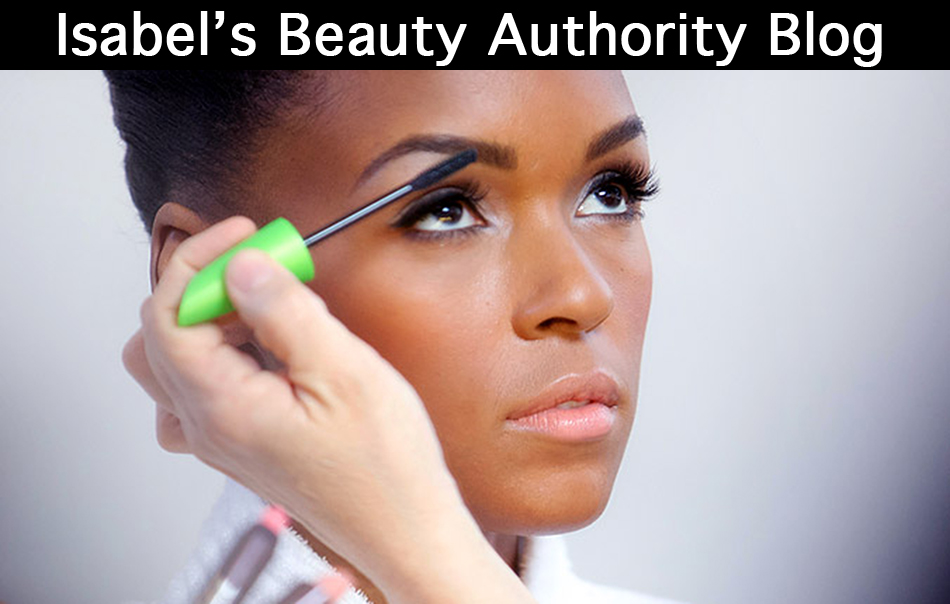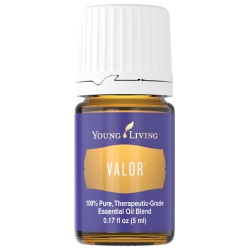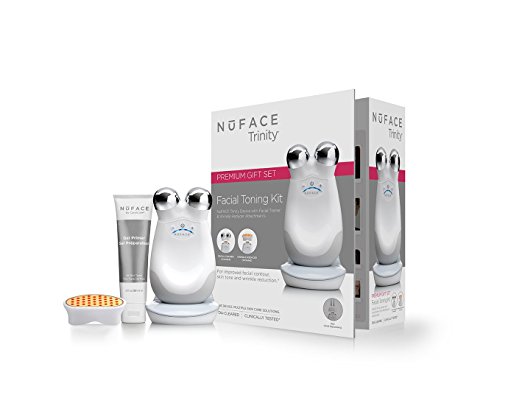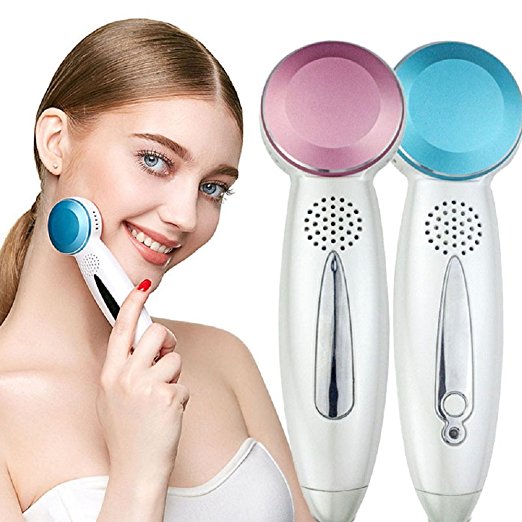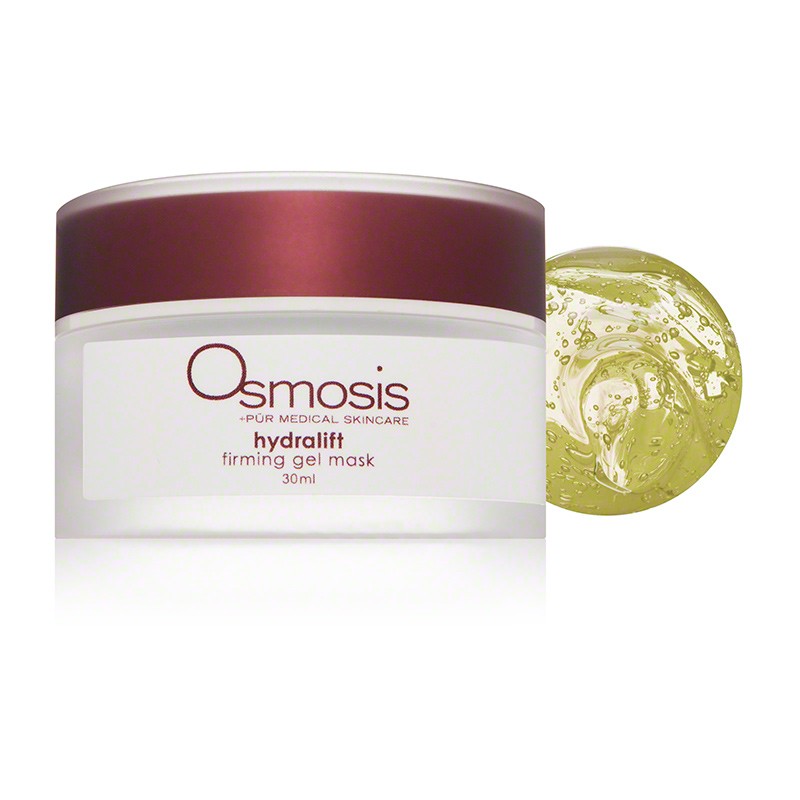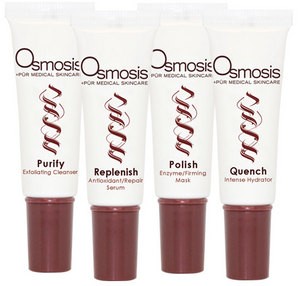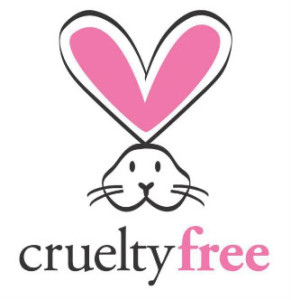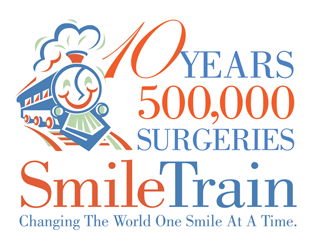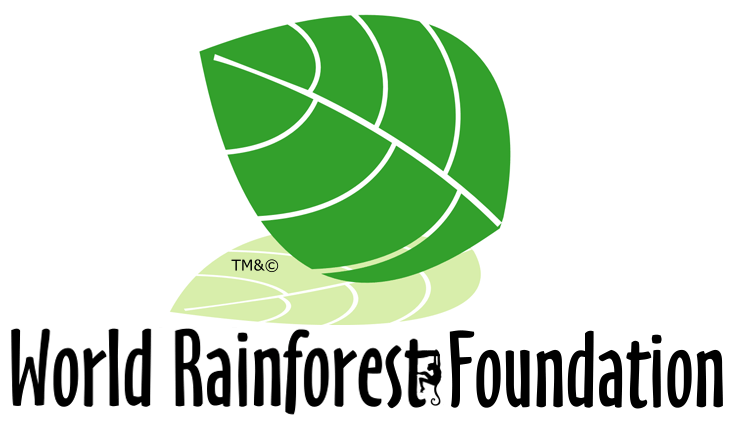FDA Warns Cosmetics Industry to Follow Law on Untested Ingredients
FDA calls industry’s bluff on product safety. Acting on a petition filed June 14, 2004 by the Environmental Working Group (EWG) [view petition], on February 3, 2005 the Food and Drug Administration issued an unprecedented warning to the cosmetics industry [view document] stating that the Agency is serious about enforcing the law requiring companies to inform consumers that personal care products have not been safety tested.
Such an enforcement action could ultimately require companies to issue consumer warnings for the more than 99 percent of personal care products on the market that have not been publicly assessed for safety, as documented in a 2004 EWG assessment of ingredients in nearly 7,500 products (EWG 2004a).
The implications of this warning penetrate deep into an industry that has for years hidden behind the findings of their internally-funded safety panel, the Cosmetic Ingredient Review, or CIR. Despite industry’s control of the panel, the FDA regards the CIR’s yearly series of ingredient safety reviews as a core component of the public health safety net, and calls CIR assessments an “important element in ensuring the safety of the cosmetic supply in the United States” (Brackett 2005).
In its near 30-year history, however, the industry’s panel has reviewed just 11 percent of the 10,500 cosmetic ingredients cataloged by FDA (FDA 2000). The 89 percent of ingredients that remain unassessed are used in more than 99 percent of all products on the market (EWG 2004a).
By law, companies are required to post a warning label on products that have not been assessed for safety stating, “Warning: The safety of this product has not been determined.” With its February 3rd letter, FDA is putting industry on notice that it is serious about enforcing consumer laws. At the top of the list are 356 products identified by EWG (EWG 2004b) as containing ingredients that the industry’s safety panel attempted to review, but instead found lacked basic testing data. The panel could not substantiate the safety of these ingredients. Ultimately under threat of enforcement are the more than 99 percent of all products that contain one or more ingredients that have never been assessed for either data adequacy or basic safety by the industry’s panel, the FDA, or any other publicly accountable institution.
Buyer beware. Surveys show that many consumers believe that companies are required to test personal care products for safety before they’re sold. It’s not the case. According to FDA, “…a cosmetic manufacturer may use almost any raw material as a cosmetic ingredient and market the product without an approval from FDA” (FDA 1995).
While some companies make products that would be safe enough to eat, other companies choose to use known human carcinogens or developmental toxins like coal tar and lead acetate. In a competitive marketplace progressive companies with health as their top priority may lose market shares to companies willing to use cheaper commodity chemicals with ill-defined or even known risks. Some companies may assess the safety of their products rigorously and independently, but other companies may not assess at all. That’s legal. This unequal footing comes from a safety net not just of a loose weave but full of gaping holes, leaving consumers at potential risk.
When risky chemicals are used in cosmetics, the stakes are high. These compounds are not trace contaminants. They are the base ingredients of the product, just as flour is an ingredient in bread. Many of these chemicals are found in percent levels in personal care products, nearly all easily penetrate the skin, and some are ingested directly after they are applied to lips or hands. And increasingly, companies are adding customized, futuristic “penetration enhancers” to drive ingredients even deeper into the skin, like Loreal’s new nanoparticle technology — a miniscule, fluid-filled sack designed to burrow deep into the skin to deliver its “active ingredients.” No safety testing required.
Scientists find common cosmetic ingredients in human tissues, like industrial plasticizers called phthalates in urine, preservatives called parabens in breast tumor tissue, and persistent fragrance components like musk xylene in human fat. Do the levels at which they are found pose risks? Those studies have not been done. They are not required.
Consumer health in the hands of industry. Grossly underfunded and encumbered by a cosmetic safety law that renders the Agency nearly impotent, FDA’s cosmetic office has no standing cosmetic review safety committee, cannot require testing of products or ingredients, cannot require companies to report injuries or even deaths from the use of their products, and cannot force companies to recall harmful products (FDA 1995). Instead, the Agency sends a liaison to the industry’s safety panel meetings to observe and comment.
Eighty percent of the industry panel’s reviews are limited to advice to industry on ingredient levels that will minimize risk of skin rashes and other allergic reactions (EWG 2004a). And 89 percent of ingredients used in cosmetics have not even received a rash and allergy review from the industry panel, let alone a serious assessment of the ingredients’ potential to cause cancer or harm the development of a baby in the womb.
When EWG cross-linked ingredient listings in 7,500 products with seven government or industry toxicity databases, we found that one-third of all products contain ingredients linked to cancer, 70 percent of products may be contaminated with harmful impurities, and more than half of all products contain “penetration enhancers” that drive ingredients deeper into the skin to the blood vessels below (EWG 2004a). For the vast majority of these products and ingredients, the exact health risks from consumer exposures are unknown.
Our 2004 survey of 2,300 people conducted with the Campaign for Safe Cosmetics shows that on average people use nine products a day with 126 unique ingredients. These exposures may add up to health problems, but neither industry nor the FDA is doing the work to define and reduce the risks. The products are untested; the risks are unknown.
At industry’s discretion are not only the range of ingredients used in products (only nine chemicals are banned from cosmetics), but also the full breadth of imaginable marketing claims, none of which are subject to review or required to be true. The word “organic” could just as easily — and just as legally — be printed on the label of a product made entirely of plants grown to strict USDA organic standards, or on the package of a mixture of industrial solvents and polymers derived from petrochemicals. Likewise, no legal definition exists for “dermatologist tested,” “cruelty free,” “fragrance free,” or “hypoallergenic.” The claims could have substantial scientific backing, or could mean nothing at all.
As of March 2, 2005, 68 progressive companies with health as a top priority have signed a pledge with the Campaign for Safe Cosmetics to produce products free of ingredients linked to cancer and birth defects (www.safecosmetics.org). The Campaign, a coalition of environmental and public health groups working in partnership with these companies, is taking action to help move companies voluntarily toward safety within the current vacuum of mandatory health protections. And now FDA is turning up the heat on the entire industry.
FDA turns up the heat. Although FDA cannot require companies to safety test their products, and cannot require that marketing claims be true, the Agency can require that companies print a warning on the label of products that have not been assessed for safety. And this is what the Agency has indicated they plan to do in their letter of February 3rd. The Agency also writes that it will develop definitive guidelines for industry on what must be done to substantiate the safety of a product, to absolve companies of the responsibility to print warnings. EWG has written to FDA applauding the Agency for the actions they have proposed in their February 3rd letter, and requesting that FDA convene a panel of independent experts, free of financial ties to the cosmetics industry, to develop this critical guidance that will define, for the first time, what is safe enough to be sold as a personal care product in the U.S.
It’s time for the cosmetics industry to be honest with consumers about what is known and what remains unknown about the safety of the products Americans use every day. Americans deserve safe products. Short of that, consumers deserve, and the law requires, at least a warning label, to help people make informed decisions about the products they buy and use each day.
